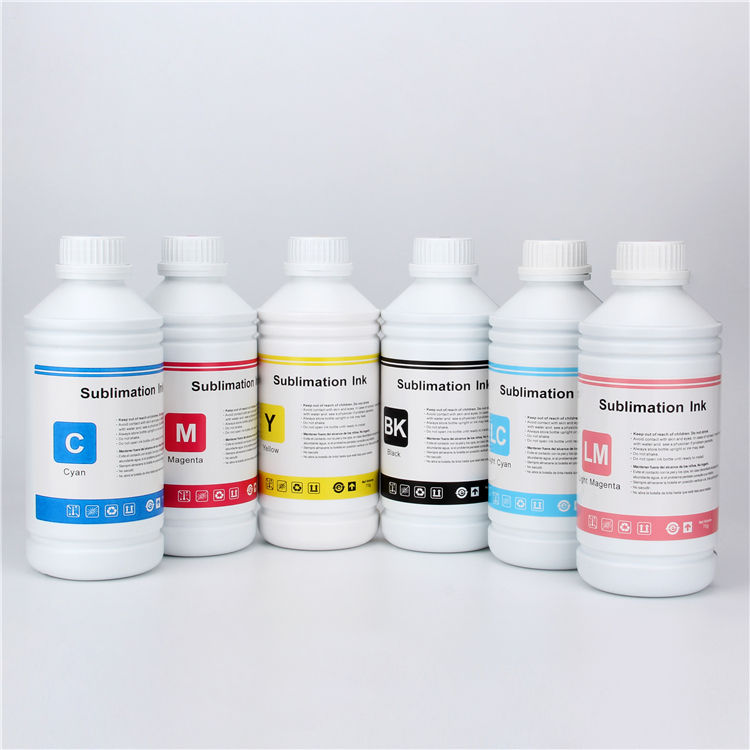The Indian market for sublimation ink has witnessed significant growth in recent years, driven by the booming textile, signage, and personalized merchandise industries. Sublimation ink, known for its vibrant colors and durability, has become a preferred choice for businesses looking to produce high-quality prints on various substrates. This article delves into the current trends, applications, and future prospects of sublimation ink in India.
Understanding Sublimation Ink
Sublimation ink is a specialized type of ink used in digital printing, where heat is applied to transfer the ink onto materials like polyester fabrics, ceramics, and metals. Unlike traditional inks, sublimation ink turns into a gas when heated, bonding with the material at a molecular level. This results in prints that are fade-resistant, scratch-proof, and long-lasting.
Key Applications in India
In India, sublimation ink is widely used in several industries. The textile sector, particularly in regions like Surat and Tiruppur, relies heavily on sublimation printing for creating vibrant and durable designs on fabrics. Additionally, the promotional products industry uses sublimation ink to personalize items like mugs, phone cases, and keychains. The signage industry also benefits from sublimation ink for producing high-quality banners and displays.
Market Trends and Growth Drivers
The demand for sublimation ink in India is fueled by several factors. The rise of e-commerce platforms has made it easier for small businesses to access sublimation printing technology. Moreover, the growing preference for customized products among consumers has led to an increase in demand for sublimation ink. Government initiatives like ‘Make in India’ have also encouraged local production of sublimation inks, reducing dependency on imports.
Challenges and Solutions
Despite its growth, the sublimation ink market in India faces challenges such as high initial costs and the need for specialized equipment. However, advancements in technology are making sublimation printers more affordable, and local manufacturers are offering cost-effective ink solutions. Training programs and workshops are also helping businesses adopt sublimation printing techniques more efficiently.
Future Prospects
The future of sublimation ink in India looks promising, with increasing adoption in new sectors like home decor and automotive interiors. Innovations in ink formulations, such as eco-friendly and fast-drying inks, are expected to further drive market growth. As more businesses recognize the benefits of sublimation printing, the demand for high-quality sublimation ink is set to rise.
In conclusion, the sublimation ink market in India is on an upward trajectory, supported by technological advancements and growing consumer demand for personalized and durable prints. Businesses that invest in this technology today are likely to reap significant benefits in the coming years.







